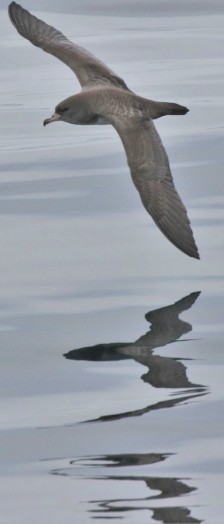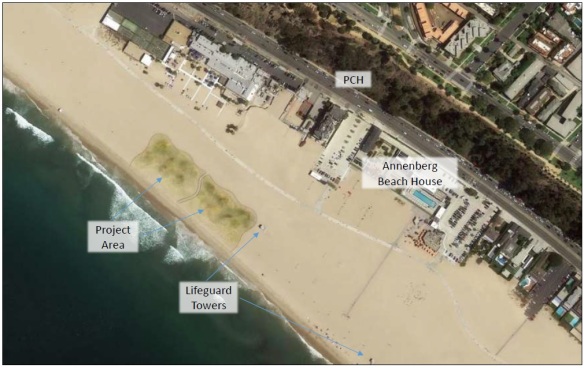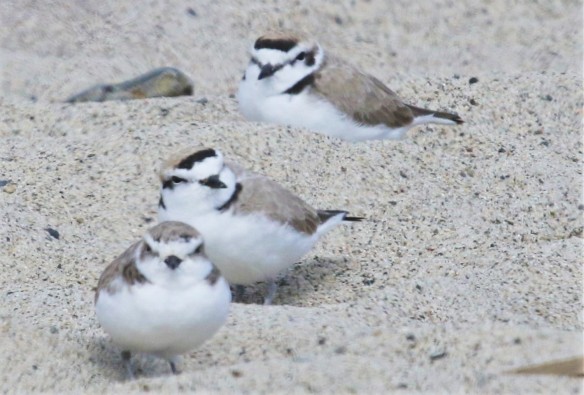 Many think of Pink-footed Shearwaters as a relatively common bird on West Coast pelagic trips. I like to call them the “photographer’s shearwater” because they invariably offer great photo ops off the back corner of the boat. But they are considered endangered by Chile, threatened by Canada, and vulnerable by the International Union for Conservation of Nature (IUCN). They could easily be called the Chilean or even Isla Mocha Shearwater, as the entire world’s population comes from just three islands off the coast of Chile, 85% from Isla Mocha, and the remaining 15% from Santa Clara and Robinson Crusoe Islands in the Juan Fernandez group.
Many think of Pink-footed Shearwaters as a relatively common bird on West Coast pelagic trips. I like to call them the “photographer’s shearwater” because they invariably offer great photo ops off the back corner of the boat. But they are considered endangered by Chile, threatened by Canada, and vulnerable by the International Union for Conservation of Nature (IUCN). They could easily be called the Chilean or even Isla Mocha Shearwater, as the entire world’s population comes from just three islands off the coast of Chile, 85% from Isla Mocha, and the remaining 15% from Santa Clara and Robinson Crusoe Islands in the Juan Fernandez group.
The very limited breeding range of the Pink-footed Shearwater is actually pretty typical of seabirds. To use some other West Coast species as examples, about half of the world’s Ashy Storm-Petrels come from one hillside on Southeast Farallon Island, 95% of the world’s Black-vented Shearwaters come from Isla Natividad off the Pacific Coast of Baja, and 99% of the world’s Heermann’s Gulls come from tiny Isla Rasa in the Sea of Cortez.

New research (Felis et al 2019), following 42 satellite-tagged birds, describes their seasonal movements from their breeding colonies in Chile. The new paper focused on threats at sea, especially bycatch by purse seine and drift net fisheries in Peru and Chile. CLICK TO ENLARGE.
And, typical of most seabirds, Pink-footed Shearwaters face some daunting challenges at their breeding colonies. At Santa Clara Island, non-native European rabbits denuded native vegetation, caused erosion, and kicked the shearwaters out of their burrows. When the rabbits were eradicated in 2003, the number of shearwater pairs went up 40% in three years. Native plant revegetation continues. On Robinson Crusoe Island, cattle trampled burrows, but a fence installed in 2011 now serves to keep them away from the colony. Shout out to Oikonos (a non-profit based in California, Hawaii, and Chile) and the Chilean national park service (called Corporacion Nacional Forestal or CONAF) for these projects.
But the real conservation challenge is at the shearwater’s main colony on Isla Mocha. Here, the local fishing community of 800 people are accustomed to harvesting shearwater chicks from their burrows. They’ve done so since the community began in the 1930s. And each pair lays only one egg a year. Chick harvesting has been illegal since 1998, but enforcement within a small community where everyone is friend or family is difficult.

Opening ceremonies of Copa Fardela soccer tournament.
Usually seabird restoration on breeding islands means restoring habitat or, more often, eradicating non-native rats, cats, mice, donkeys, you name it. But on Isla Mocha, Oikonos and CONAF have used another approach: outreach and education designed to reduce chick harvesting. The creative part is the strategy; the goal is for the islanders to identify with the shearwater as a symbol of their unique home, and thus want to protect them. Importantly, the project is led by a local Mochano, tapping into local values and local styles of communication. Thanks to the outreach efforts, school kids now flap their wings and enact dramas of the birds returning home. Adults play in the annual Copa Fardela (Shearwater Cup) soccer tournament.
This 48 minute video (in Spanish) documents the project. The Copa Fardela opening ceremonies, which features a children’s drama showing the shearwaters returning from the sea and producing a chick, begins around 42:00.
The fardela blanca, as they call it, is becoming their shearwater.




